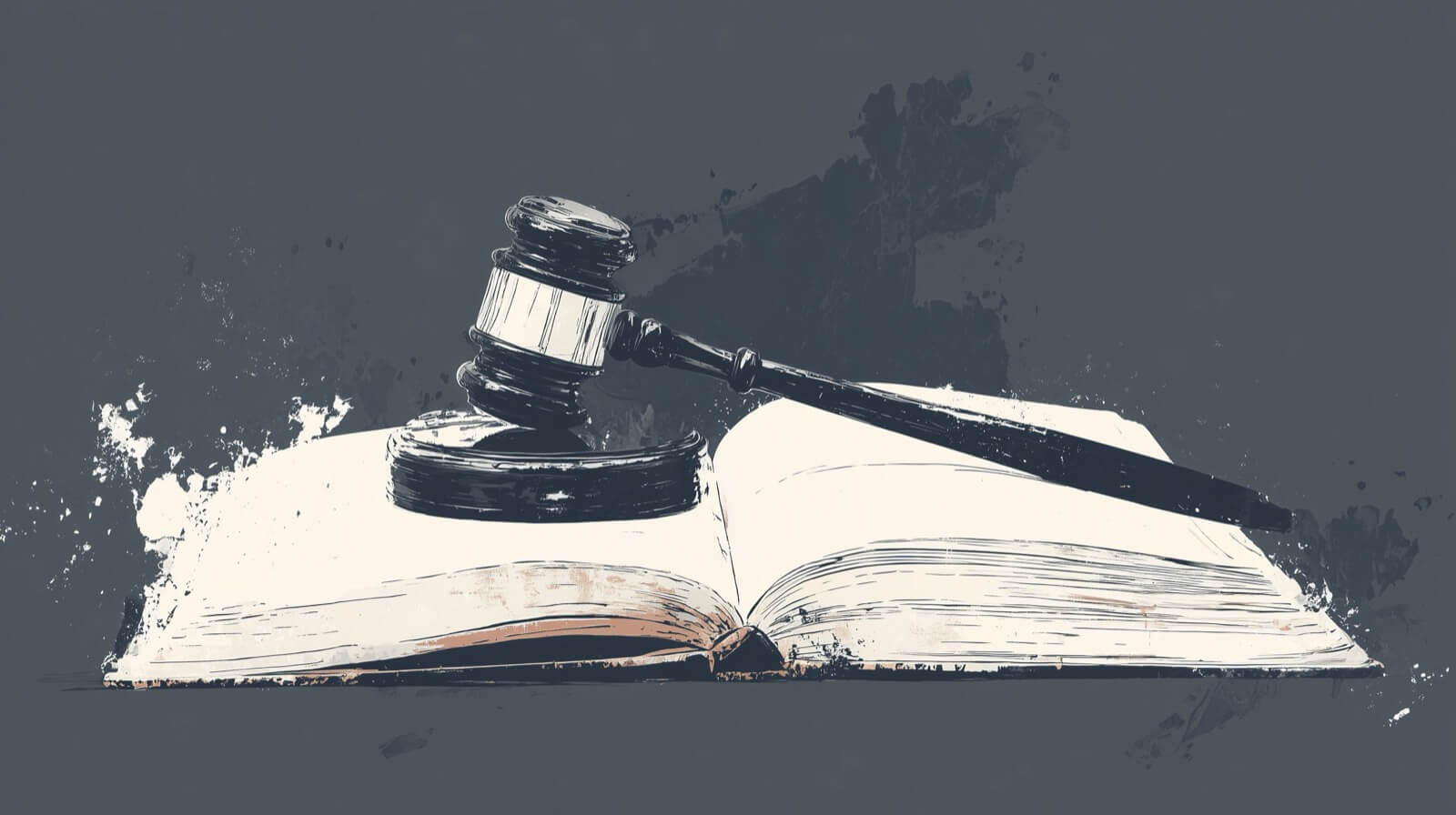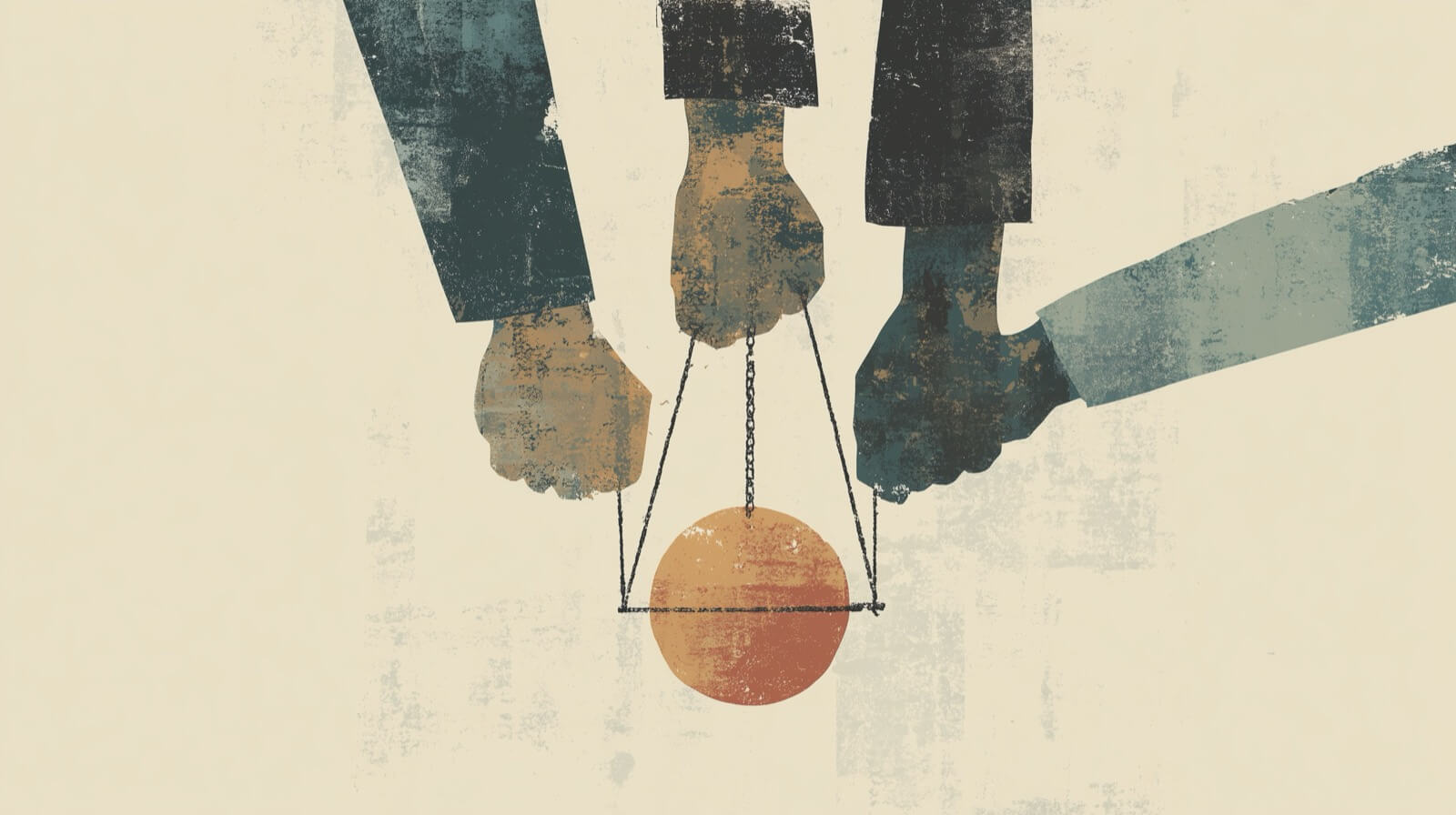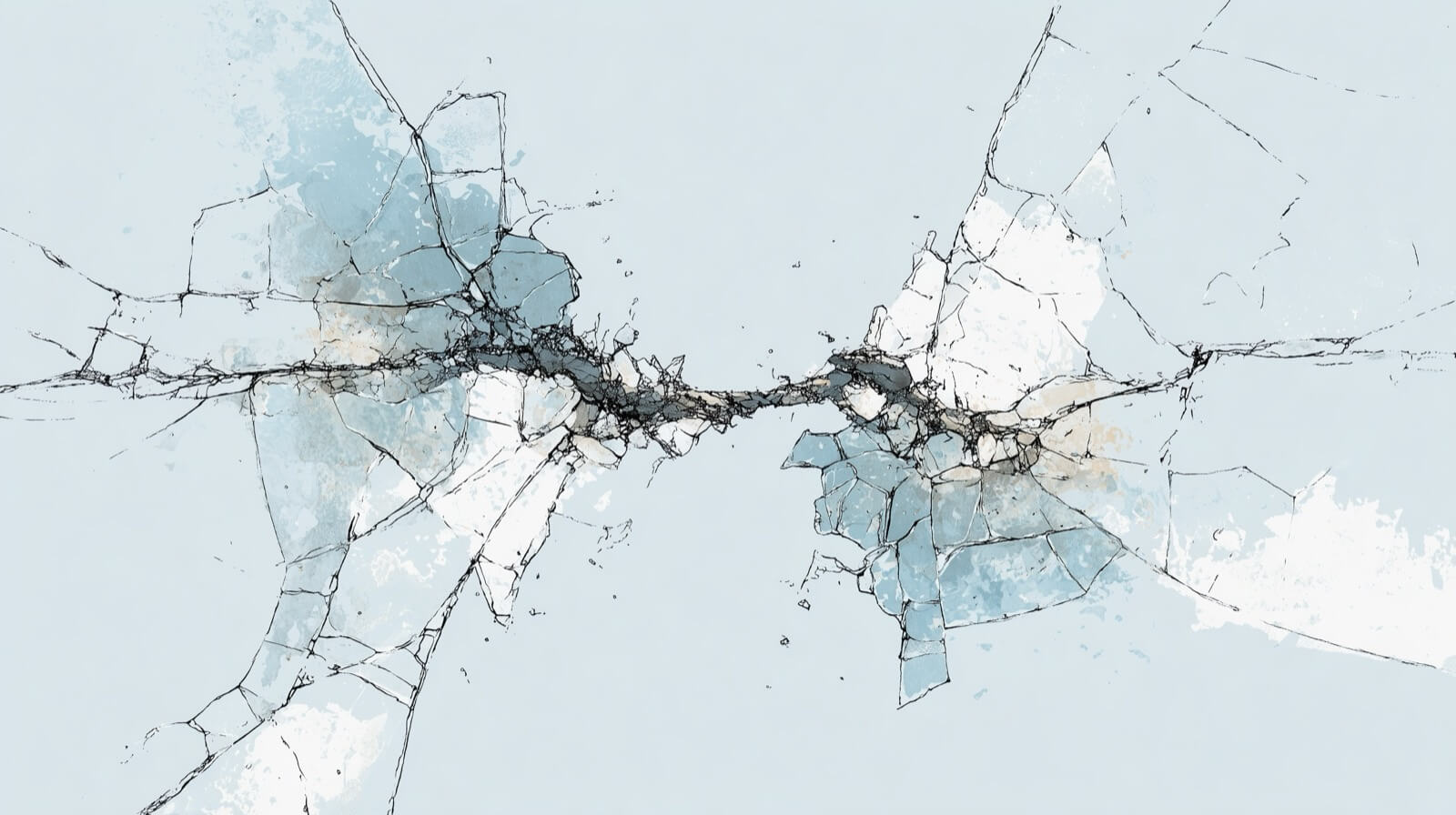What Is Negligence Per Se?

Negligence per se is a legal doctrine that applies when a defendant violates a safety statute or regulation that was specifically designed to prevent the type of harm the plaintiff suffered. When this doctrine applies, the statutory violation automatically establishes the “breach of duty” element of negligence, meaning the plaintiff only needs to prove causation and damages. In personal injury law, negligence per se can significantly strengthen a plaintiff’s case by simplifying what must be shown at trial. This article explains what negligence per se means, when it applies, and how it can affect liability, compensation, and settlement strategy.
What Is the Legal Definition of Negligence Per Se?
Negligence per se is a rule that replaces the ordinary “reasonable person” standard with a statutory standard of care. If a defendant violates a law enacted to protect a specific class of people from a particular type of harm, and the plaintiff is a member of that protected class, courts often presume the defendant acted negligently. This concept appears in state statutes, common law, and influential sources such as the Restatement (Second) of Torts §286.
Key points to remember:
- A statute or regulation must clearly define the standard of conduct.
- The plaintiff must be within the class of individuals the statute aims to protect.
- The harm must be the type the statute intended to prevent.
- The statutory violation serves as automatic proof of breach, but causation and damages still must be shown.
When Does Negligence Per Se Apply in Personal Injury Cases?
Negligence per se frequently arises in situations where state or federal laws set clear safety requirements. If a defendant violates such a rule and someone is injured as a result, courts often apply the doctrine to determine liability more efficiently. This is especially common in motor vehicle cases, premises liability claims, medical-related violations, and product safety laws.
Examples of scenarios where negligence per se may apply:
- A driver runs a red light in violation of traffic laws and causes a collision.
- A property owner fails to follow building code requirements, resulting in a slip-and-fall accident.
- A manufacturer violates federal safety regulations, causing product-related injuries.
- A trucking company violates hours-of-service rules, leading to a fatigue-related crash.
By shifting the burden of proof on breach, negligence per se often increases the likelihood of establishing liability.
Why Is Negligence Per Se Important in Personal Injury Law?
Negligence per se matters because it streamlines the plaintiff’s case. Instead of arguing about what a “reasonable person” would have done, the plaintiff points to a specific law the defendant broke. This gives plaintiffs a strong leverage point in settlement negotiations and can make insurers more willing to resolve claims early.
Reasons the doctrine is significant:
- It simplifies litigation by removing the need to prove breach of duty.
- It strengthens the plaintiff’s bargaining position with insurers and defense attorneys.
- It increases the chances of obtaining summary judgment on the issue of liability.
- It provides a clear, objective measure of negligence based on statutory requirements.
Courts and legal organizations such as state bar associations frequently highlight the importance of statutory compliance in injury prevention — which underscores the weight negligence per se carries in litigation.
How Does Negligence Per Se Affect Case Strategy and Compensation?
Because negligence per se automatically satisfies the breach element, attorneys can focus more heavily on proving the defendant’s actions caused the injury and on documenting damages. This can expedite the case and create pressure on the defense to negotiate seriously. If the statutory violation is clear, plaintiffs may avoid lengthy disputes about liability and concentrate on maximizing financial recovery.
Strategic impacts include:
- Plaintiffs may achieve quicker settlements because liability is easier to show.
- Defense attorneys may try to argue statutory exceptions or challenge causation.
- The damages analysis becomes more central once breach is established.
- Courts may instruct juries differently when negligence per se applies, often limiting defense arguments.
Ultimately, negligence per se can meaningfully influence both the value of a claim and the direction of litigation.
Conclusion
Negligence per se is a powerful tool in personal injury law because it allows plaintiffs to establish the breach of duty element simply by showing that the defendant violated a relevant safety statute. When applied correctly, it can shift the dynamics of a case, encourage settlement, and strengthen the plaintiff’s path to compensation. For injured individuals, understanding how this doctrine works — and when it applies — is essential. Speaking with an experienced personal injury attorney can help determine whether negligence per se may enhance your claim.
What is the definition of Negligence Per Se?
Negligence per se occurs when a defendant violates a safety statute or regulation designed to prevent the type of harm the plaintiff suffered. The violation automatically establishes breach of duty, leaving only causation and damages to be proven.
When does negligence per se apply in a personal injury case?
Negligence per se applies when a defendant violates a law intended to protect a certain class of people from a specific type of harm. If the plaintiff fits within that protected group and suffered the kind of injury the statute was meant to prevent, the doctrine may apply.
Does negligence per se affect how much compensation a plaintiff can receive?
Yes. Because negligence per se simplifies the plaintiff’s burden of proof and establishes breach automatically, it often increases the likelihood of proving liability. This can raise the potential value of settlement or trial compensation.
Can negligence per se impact settlement negotiations?
Absolutely. When liability is easier to prove through a statutory violation, insurers and defendants are often more motivated to settle early to avoid adverse rulings and additional litigation costs.
Additional Articles
-
Glossary
What Is Negligence Per Se?
What Is Legal Malpractice? Negligence per se is a legal doctrine that applies when a defendant violates a safety statute or regulation that was.
-
Glossary
What Is a Motion for Summary Judgment?
What Is Legal Malpractice? A motion for summary judgment is a formal request asking the court to decide part or all of a case.
-
Glossary
What Is Mediation?
What Is Mediation? What Is Mediation?Mediation is a form of alternative dispute resolution (ADR) where a trained, neutral mediator helps disputing parties negotiate and.









